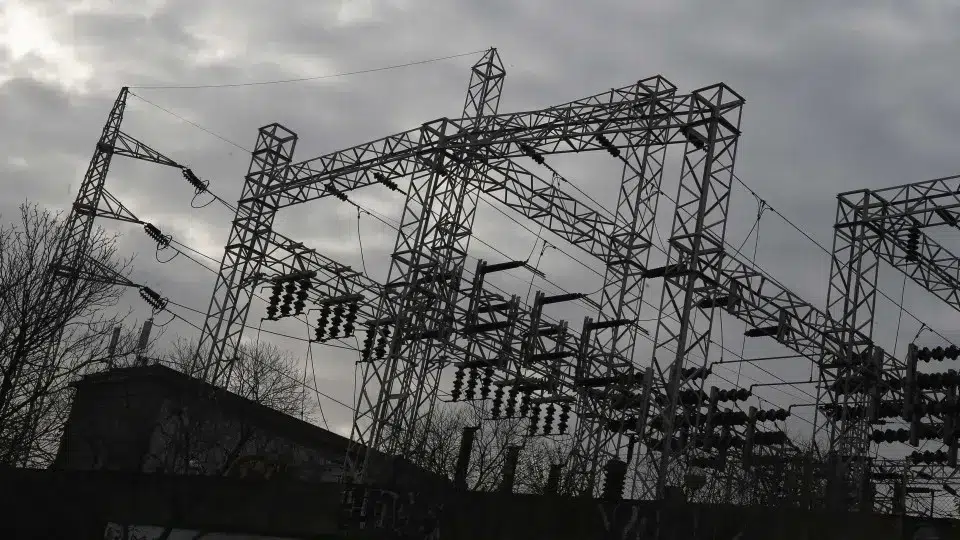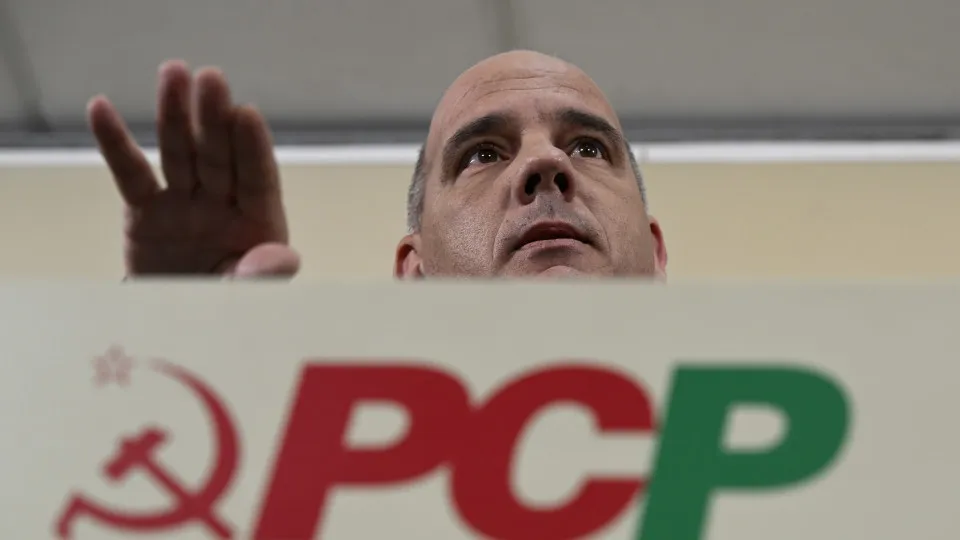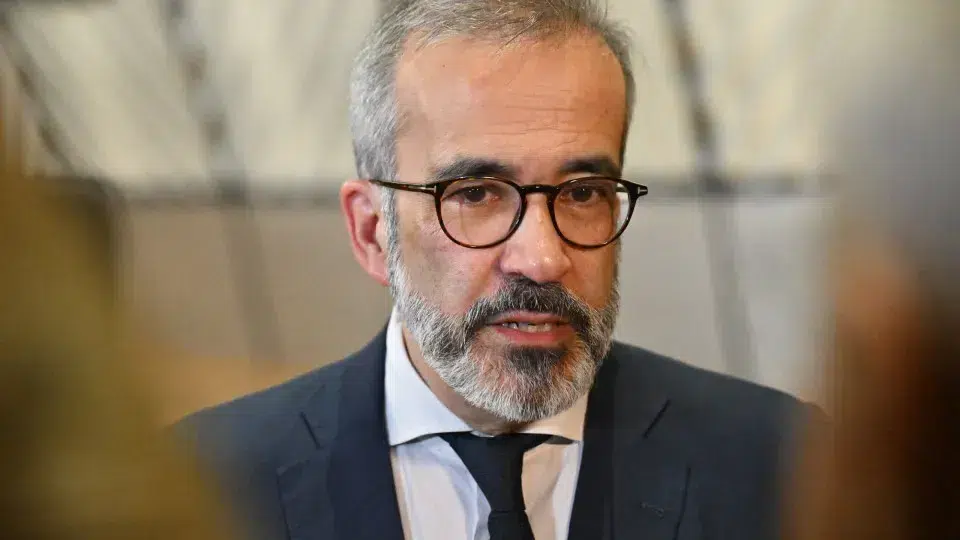
Due to the company’s observations, consumption rose by 2.6% compared to the same period in 2024, or 2.0% when considering temperature and working days, surpassing by 0.8% the previous peak recorded in 2010. In September alone, there was a year-on-year variation of 2.2% (1.4% with adjustments).
Renewable energies supplied 70% of the demand in the first nine months of the year, with hydropower (28%), wind (24%), and solar (13%) being prominent. Solar energy saw a 25% year-on-year growth. Natural gas production accounted for 14% of consumption, while 16% were covered by imports.
In September, wind production benefited from particularly favorable conditions, achieving a productivity index of 1.37, whereas solar faced less favorable conditions (0.95).
That month, renewables accounted for 57% of consumption, 17% came from non-renewable sources, and 26% were covered by imports.
In the natural gas market, September saw an 18% year-on-year increase, driven by the electricity production segment, which more than doubled compared to 2024. Conversely, conventional consumption, including other consumers, fell by 3.4%.
Year-to-date, natural gas consumption rose by 13%, reflecting a 132% increase in the electric sector and an 8% decline in the conventional sector.
In September, the national supply was exclusively secured by the Sines liquefied natural gas (LNG) terminal. The interconnection with Spain again recorded an export surplus equivalent to about 7% of national consumption.
Throughout the first nine months, gas predominantly originated from Nigeria (49%) and the United States (39%).




